-
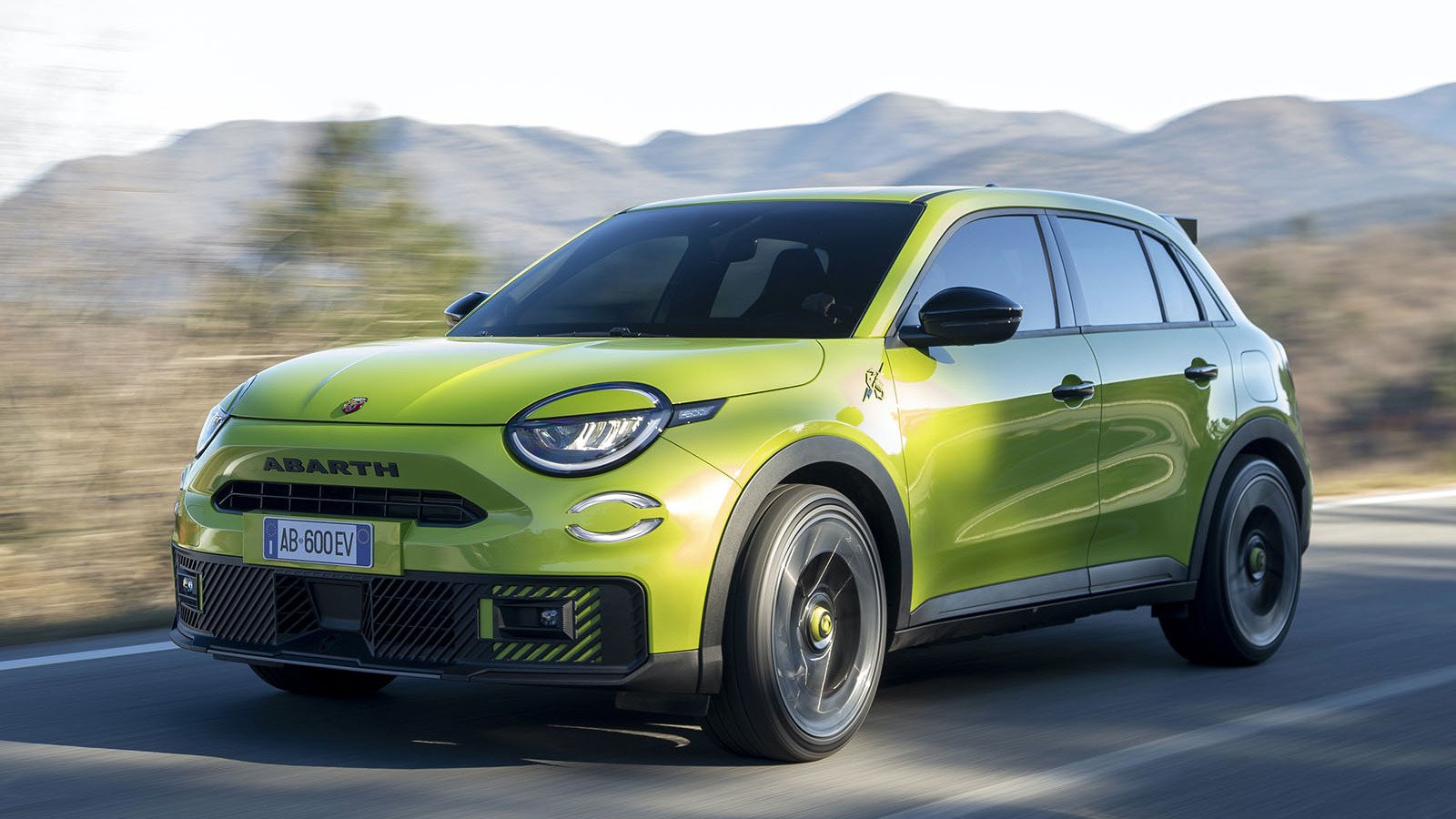 © Stellantis Europe
© Stellantis Europe -
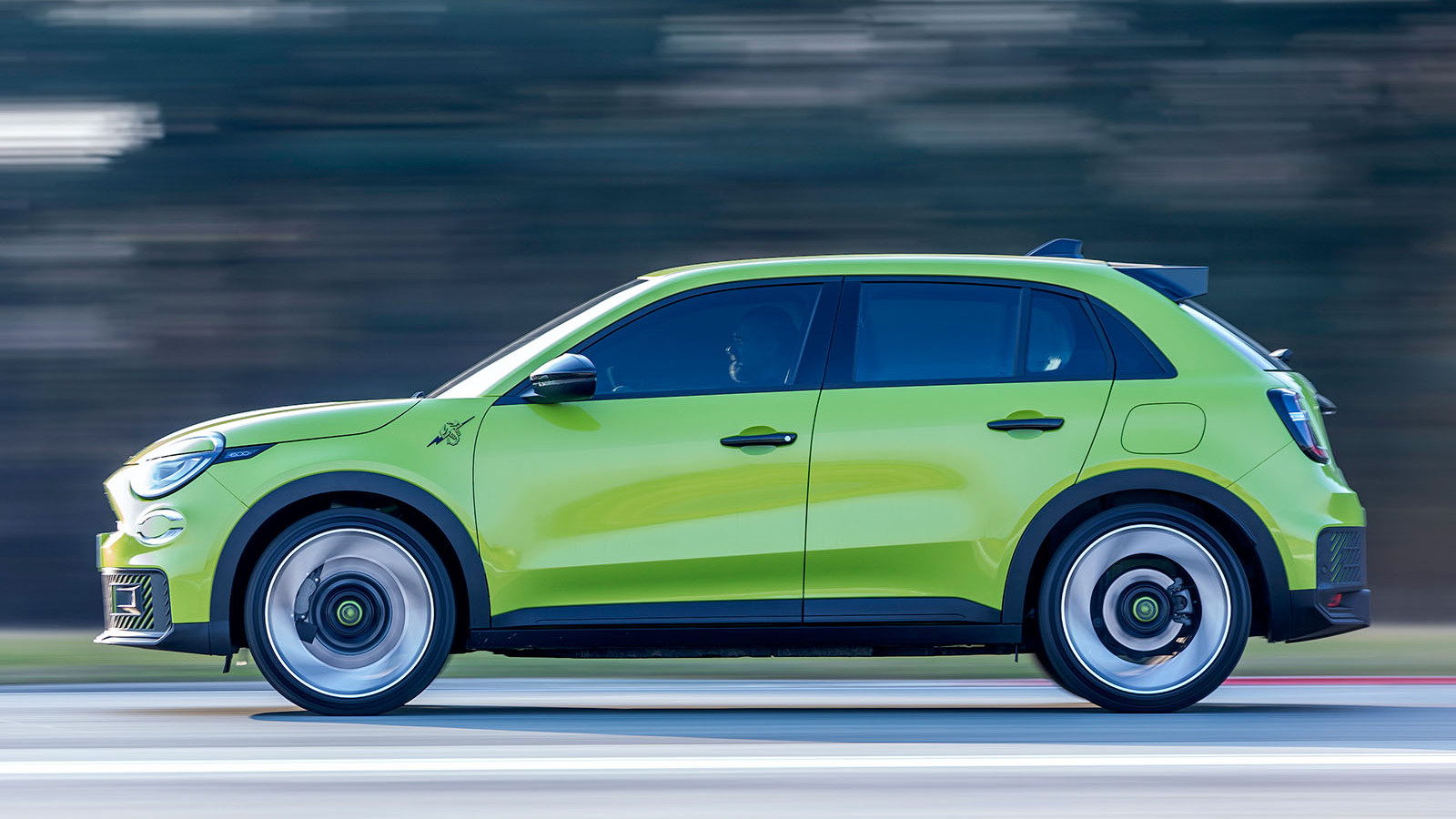 © Stellantis Europe
© Stellantis Europe -
 © Stellantis Europe
© Stellantis Europe -
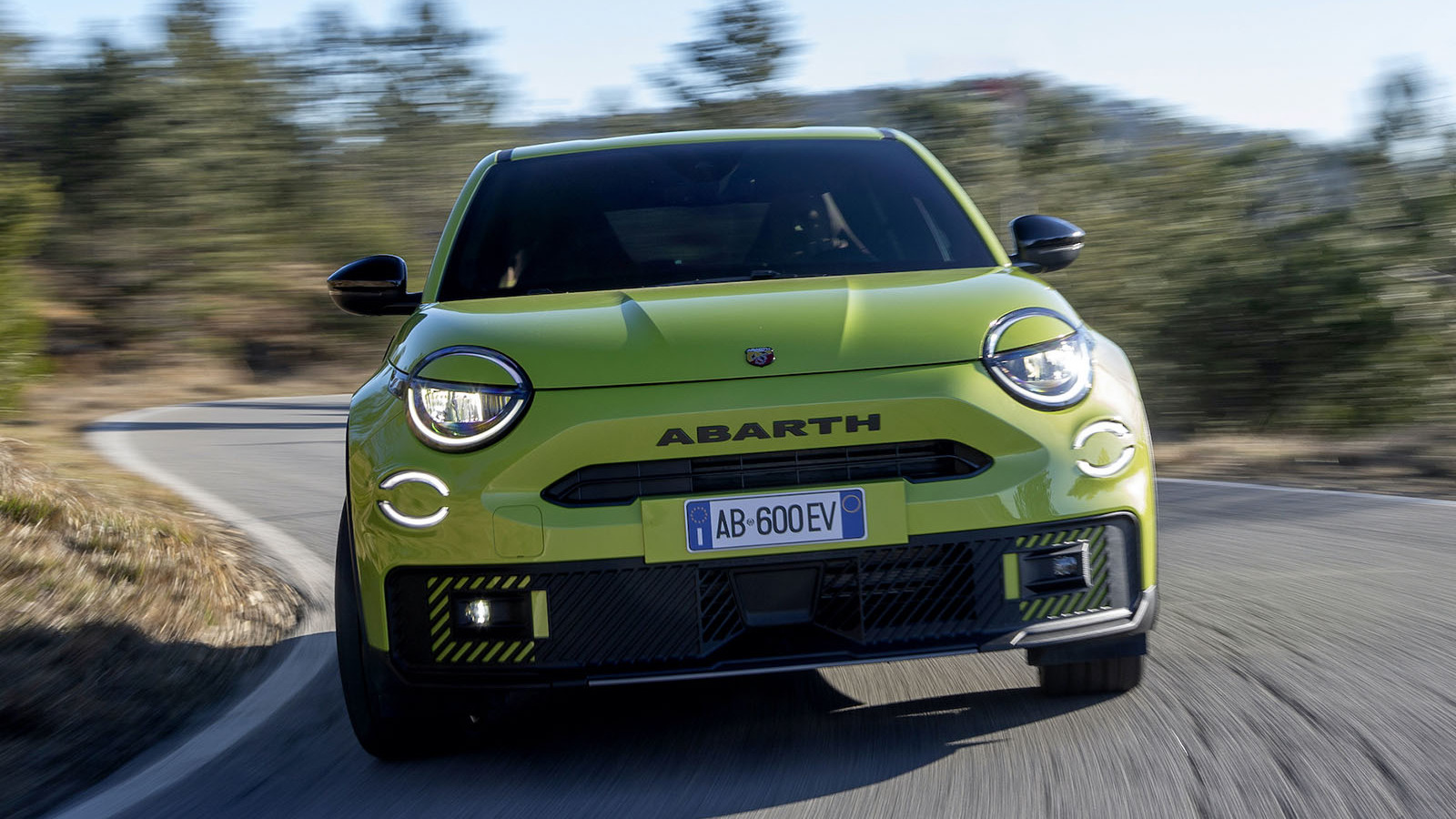 © Stellantis Europe
© Stellantis Europe -
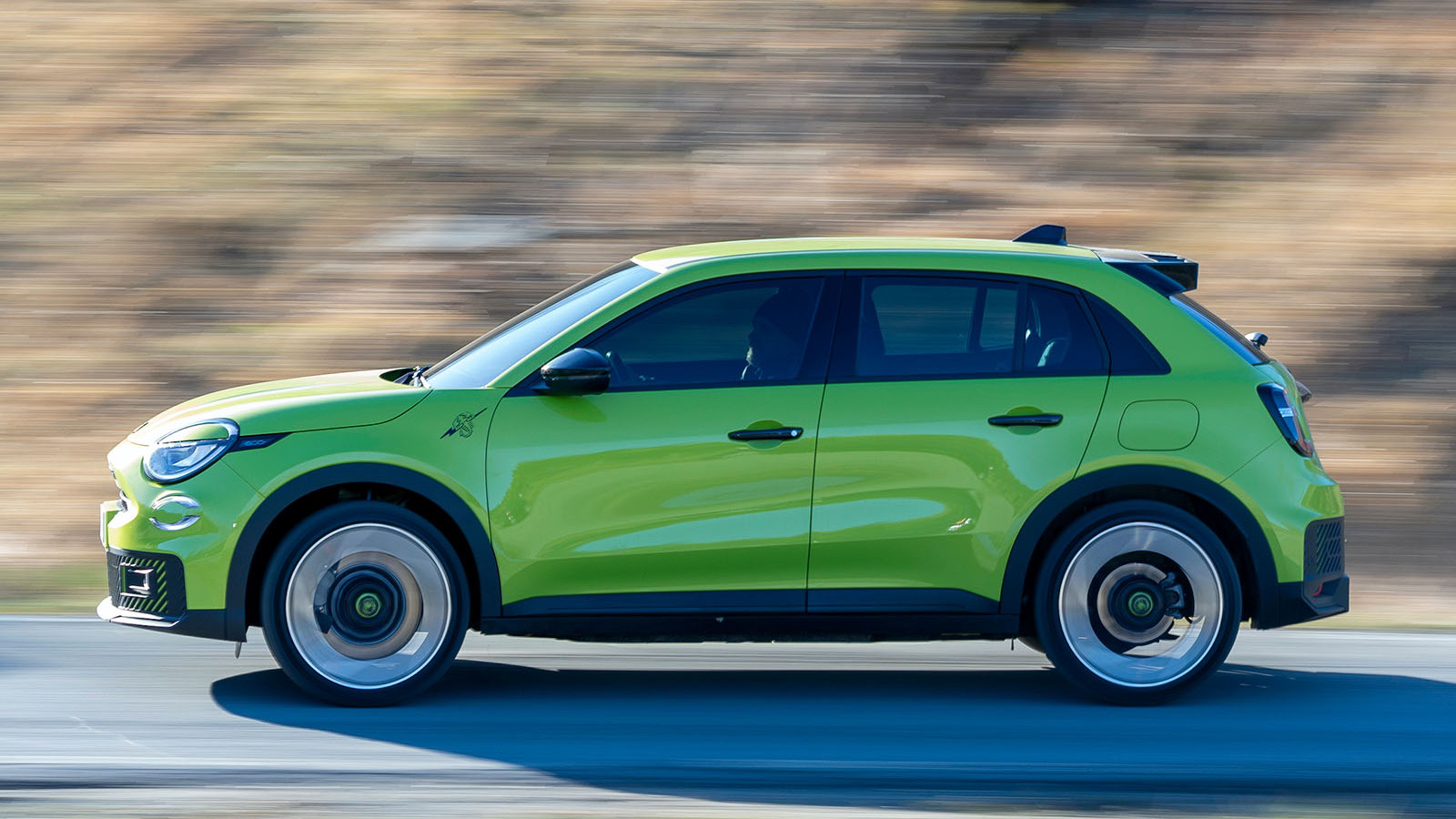 © Stellantis Europe
© Stellantis Europe -
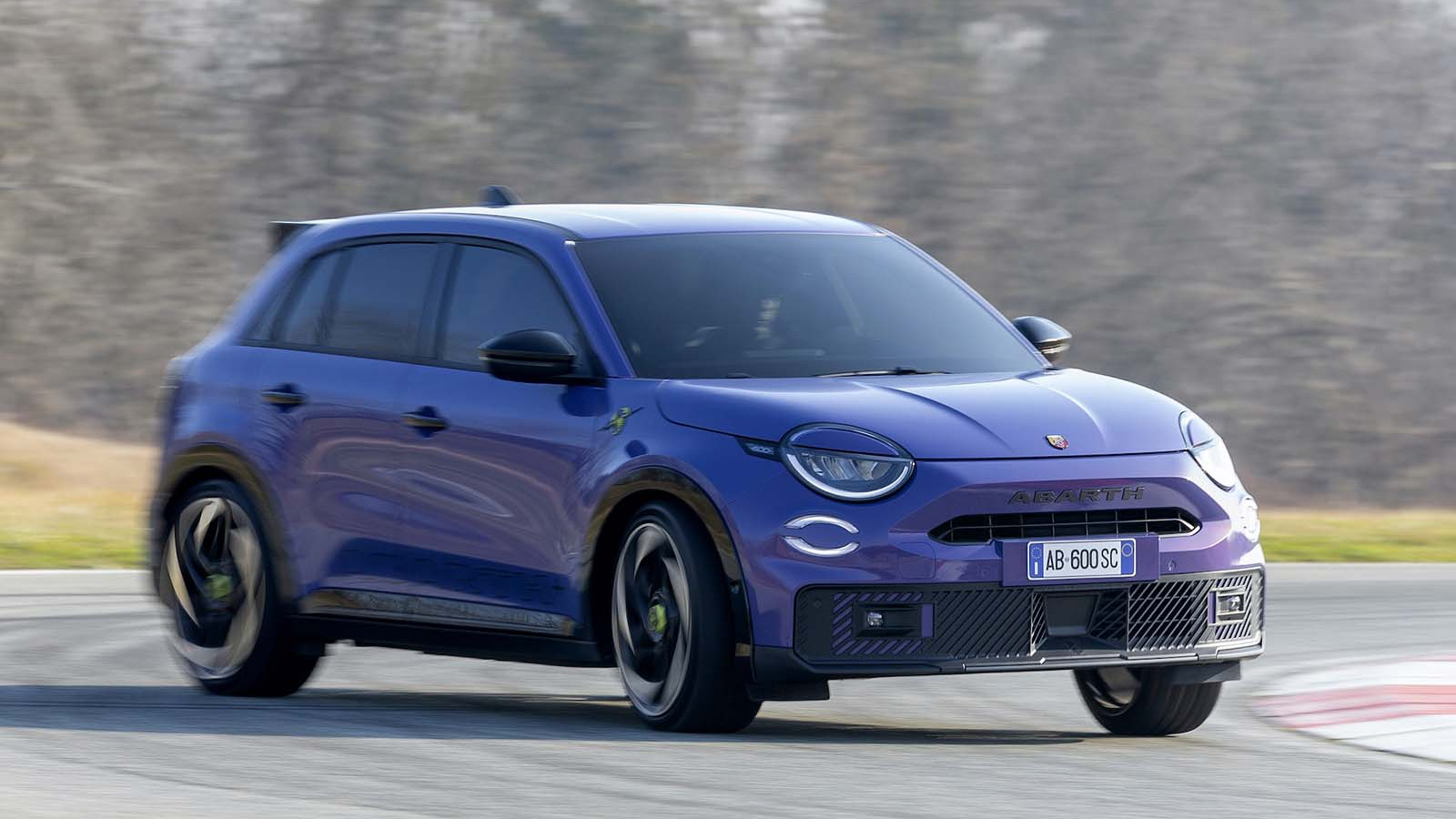 © Stellantis Europe
© Stellantis Europe -
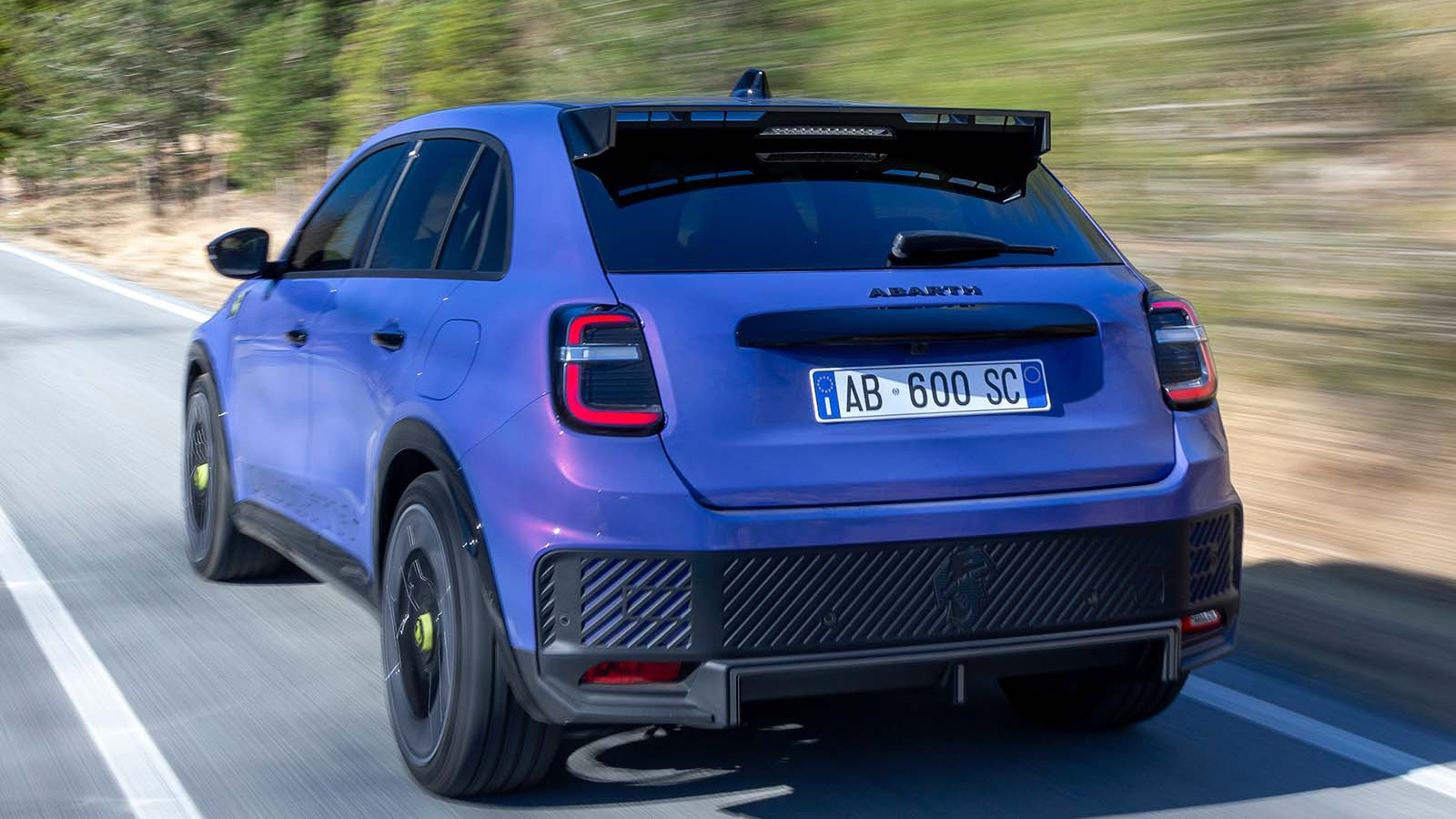 © Stellantis Europe
© Stellantis Europe -
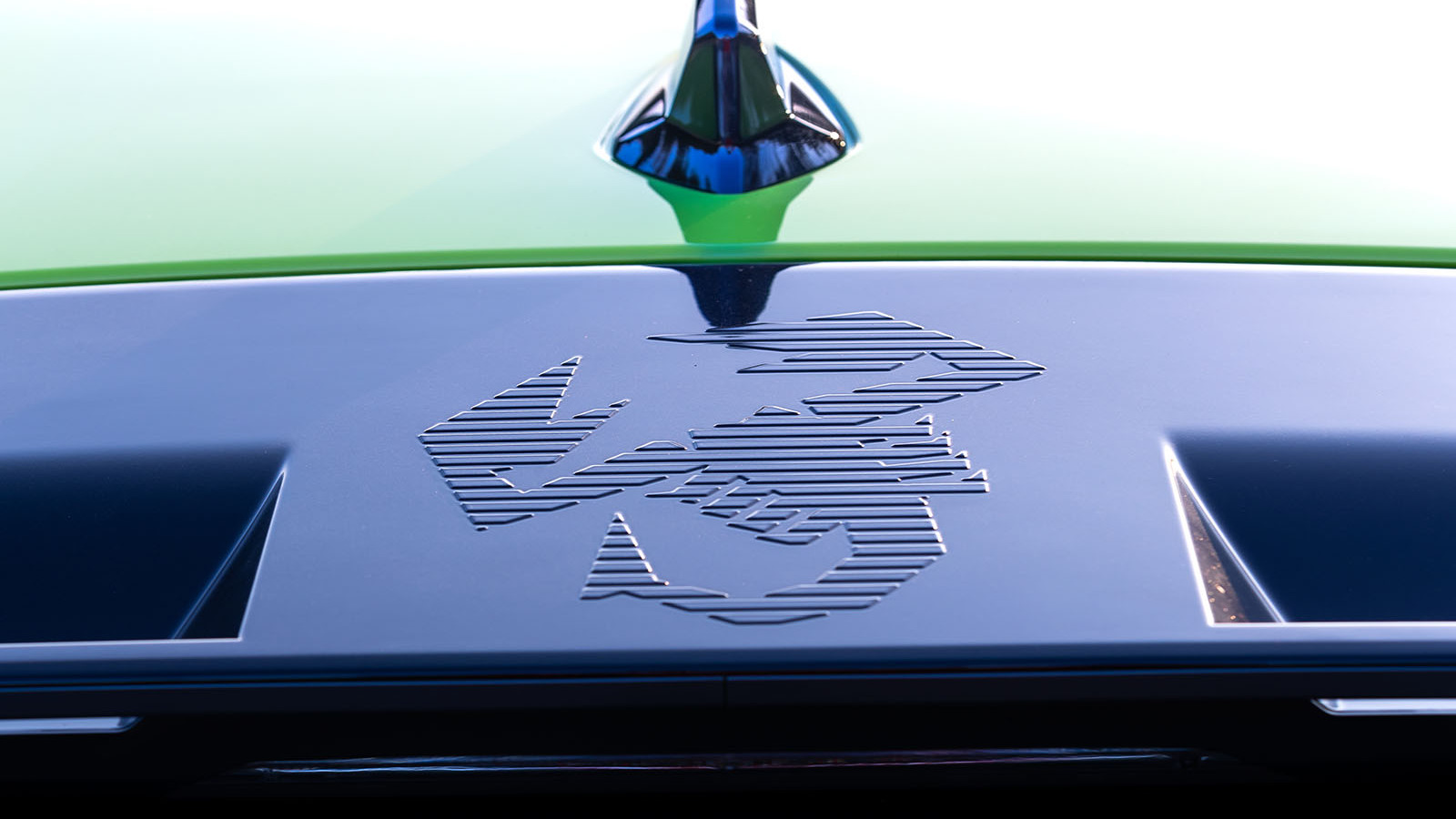 © Stellantis Europe
© Stellantis Europe -
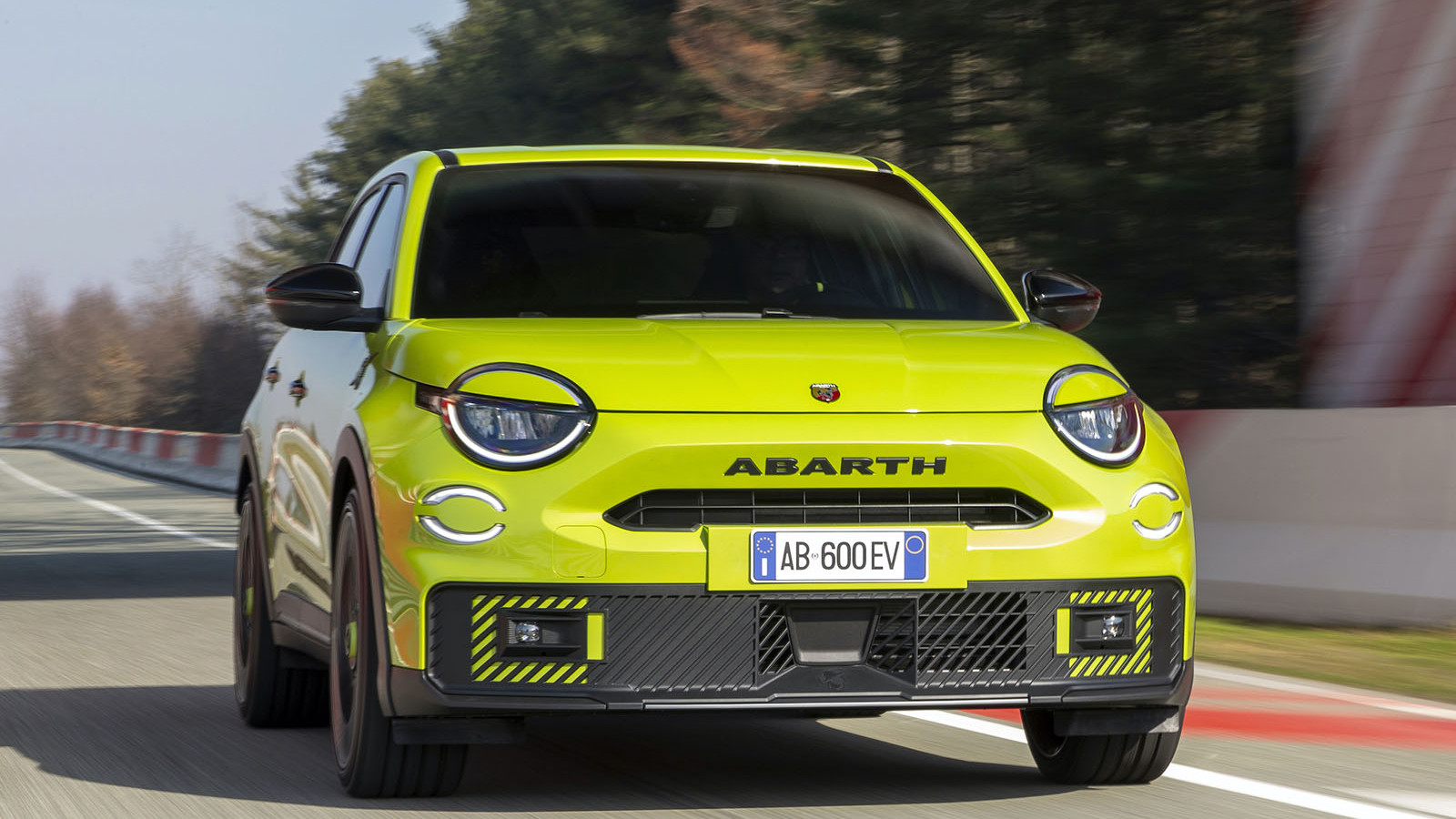 © Stellantis Europe
© Stellantis Europe -
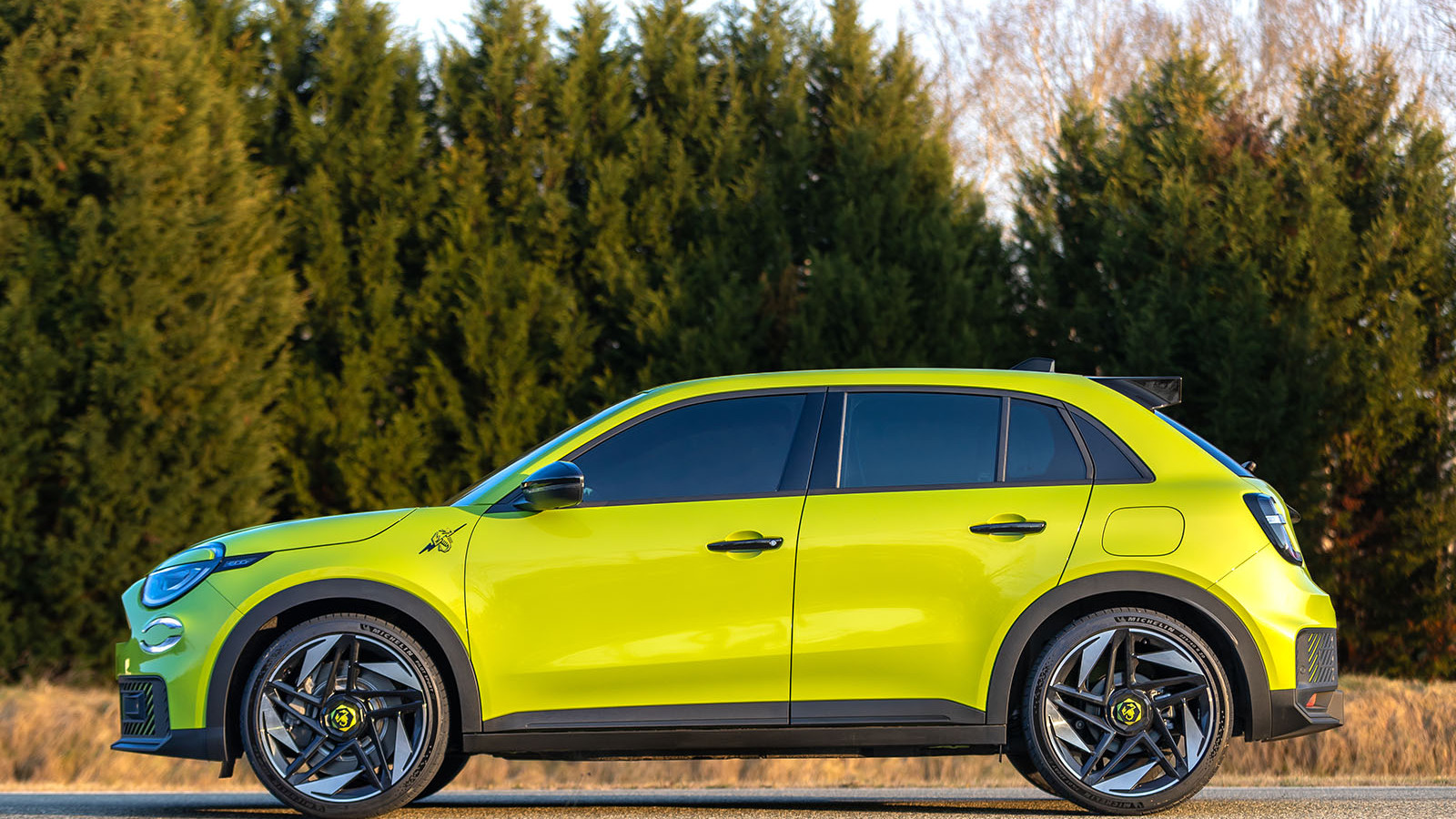 © Stellantis Europe
© Stellantis Europe -
 © Stellantis Europe
© Stellantis Europe -
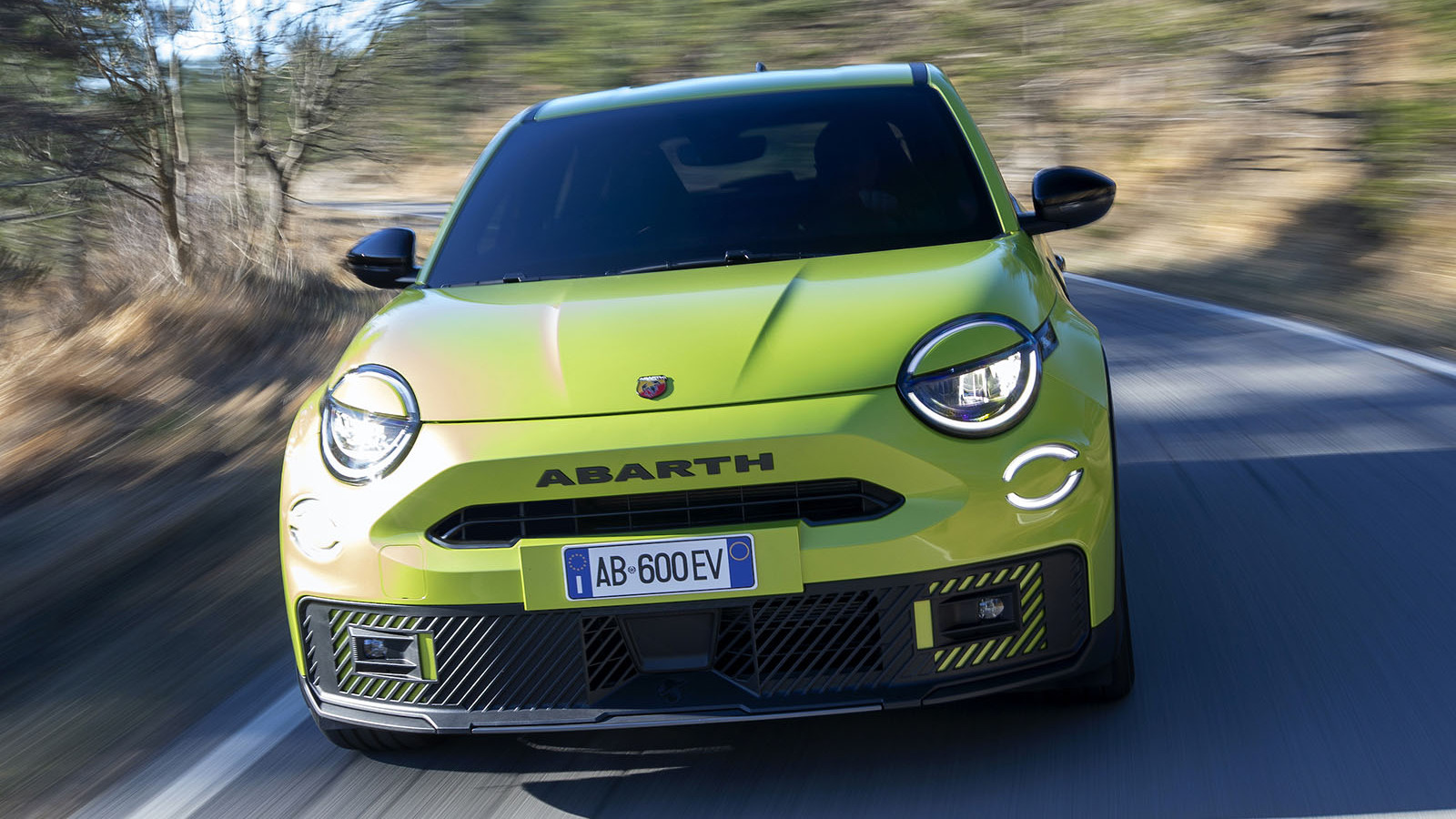 © Stellantis Europe
© Stellantis Europe -
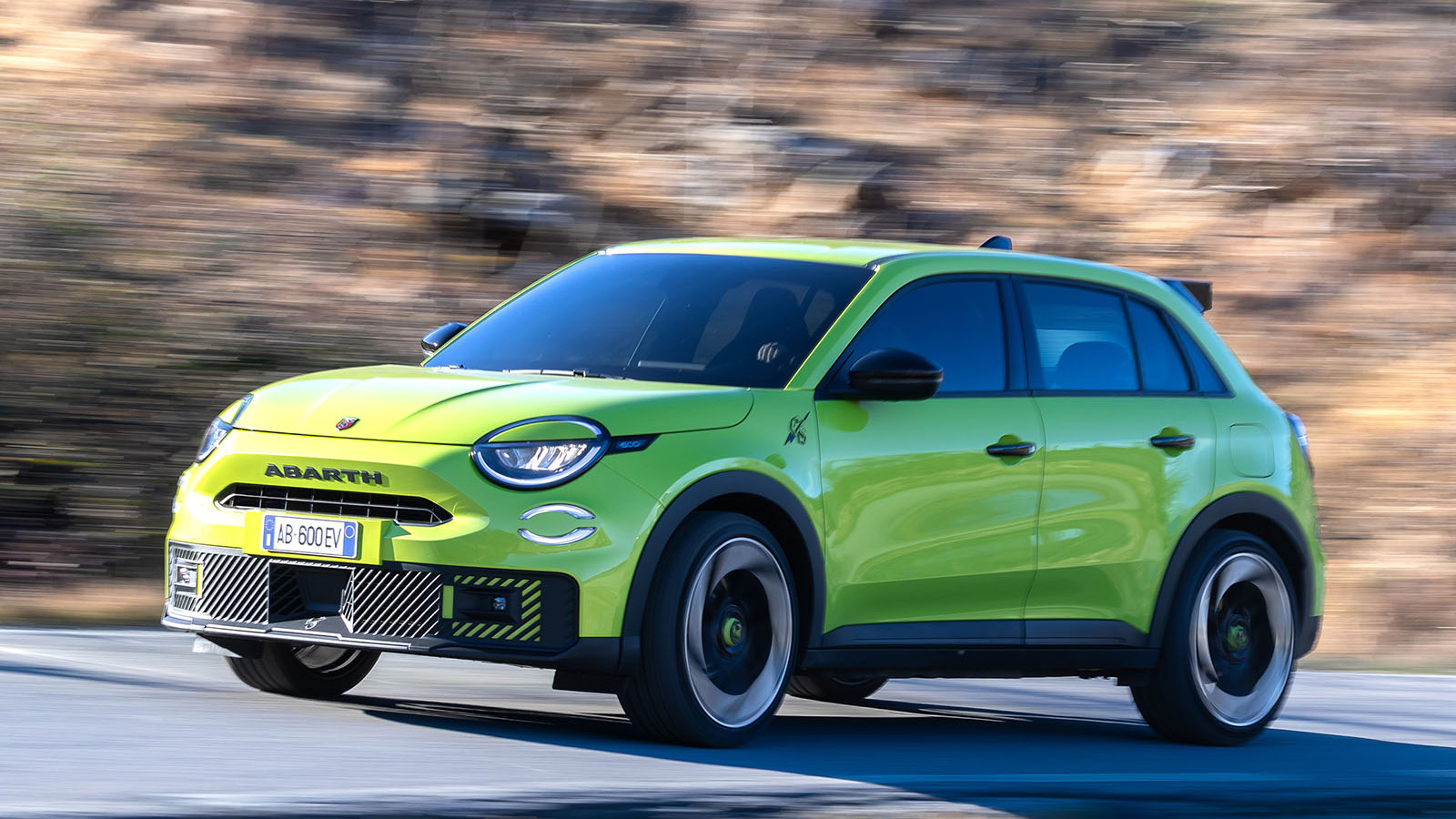 © Stellantis Europe
© Stellantis Europe -
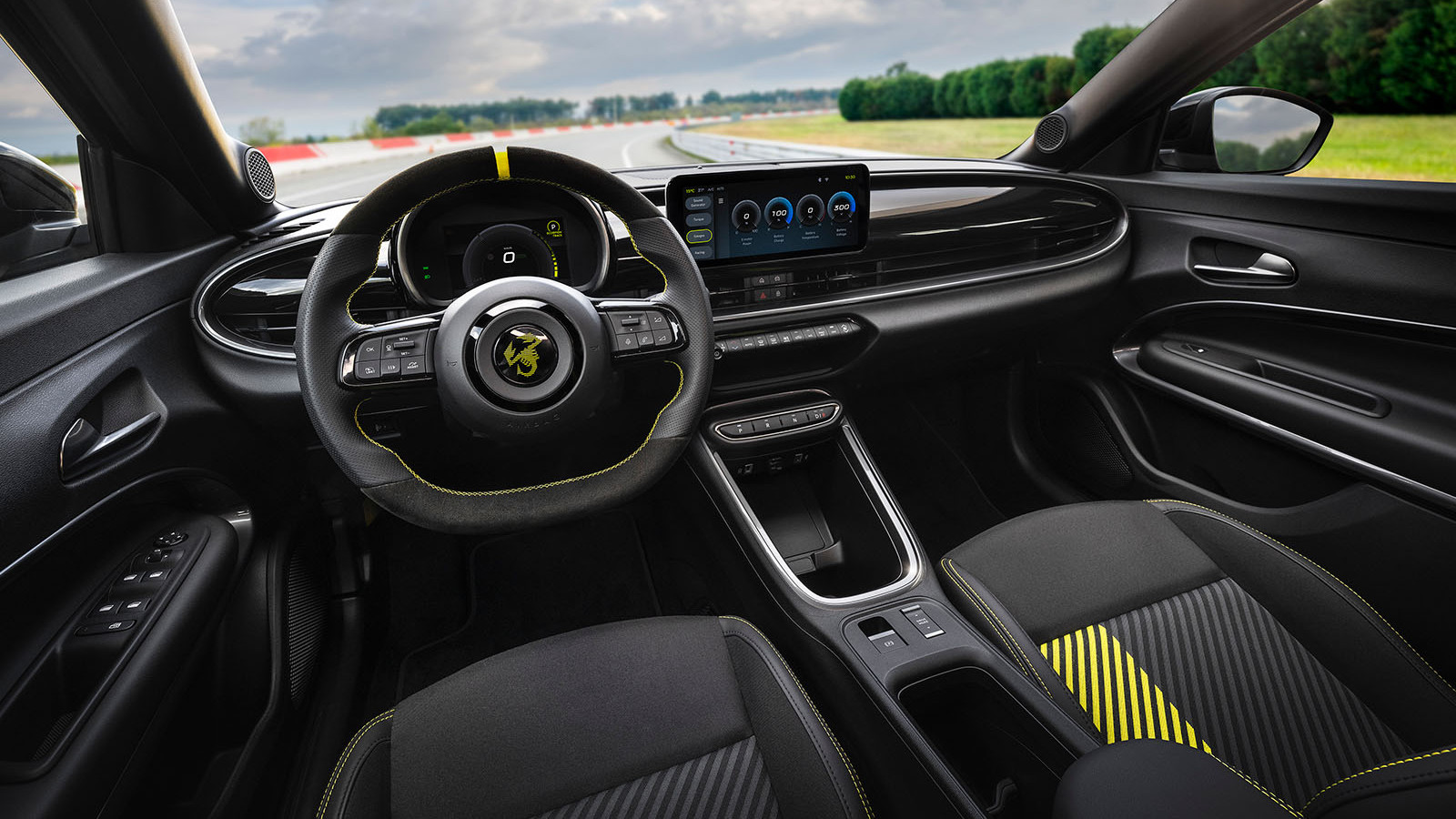 © Stellantis Europe
© Stellantis Europe -
 © Stellantis Europe
© Stellantis Europe -
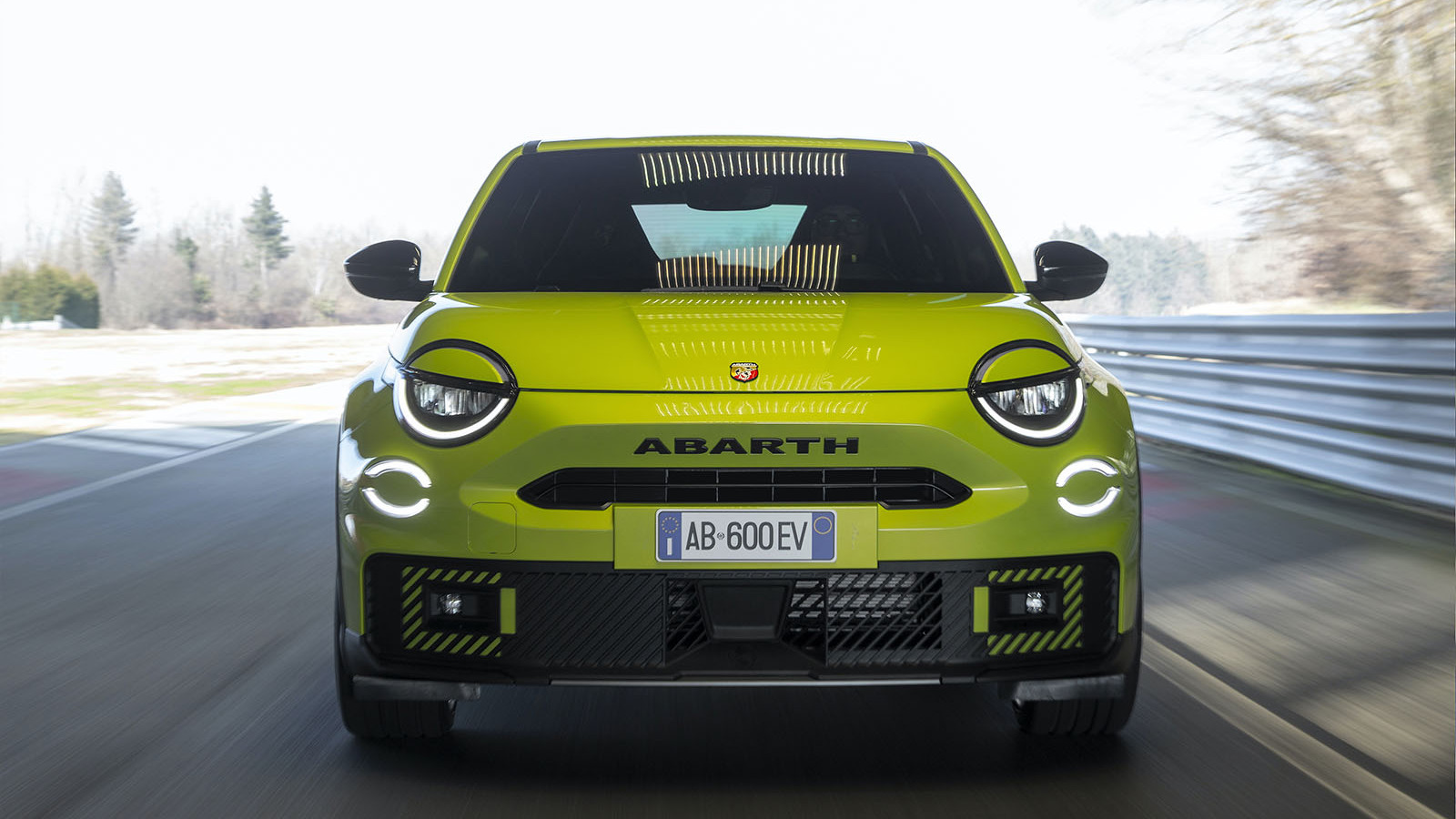 © Stellantis Europe
© Stellantis Europe -
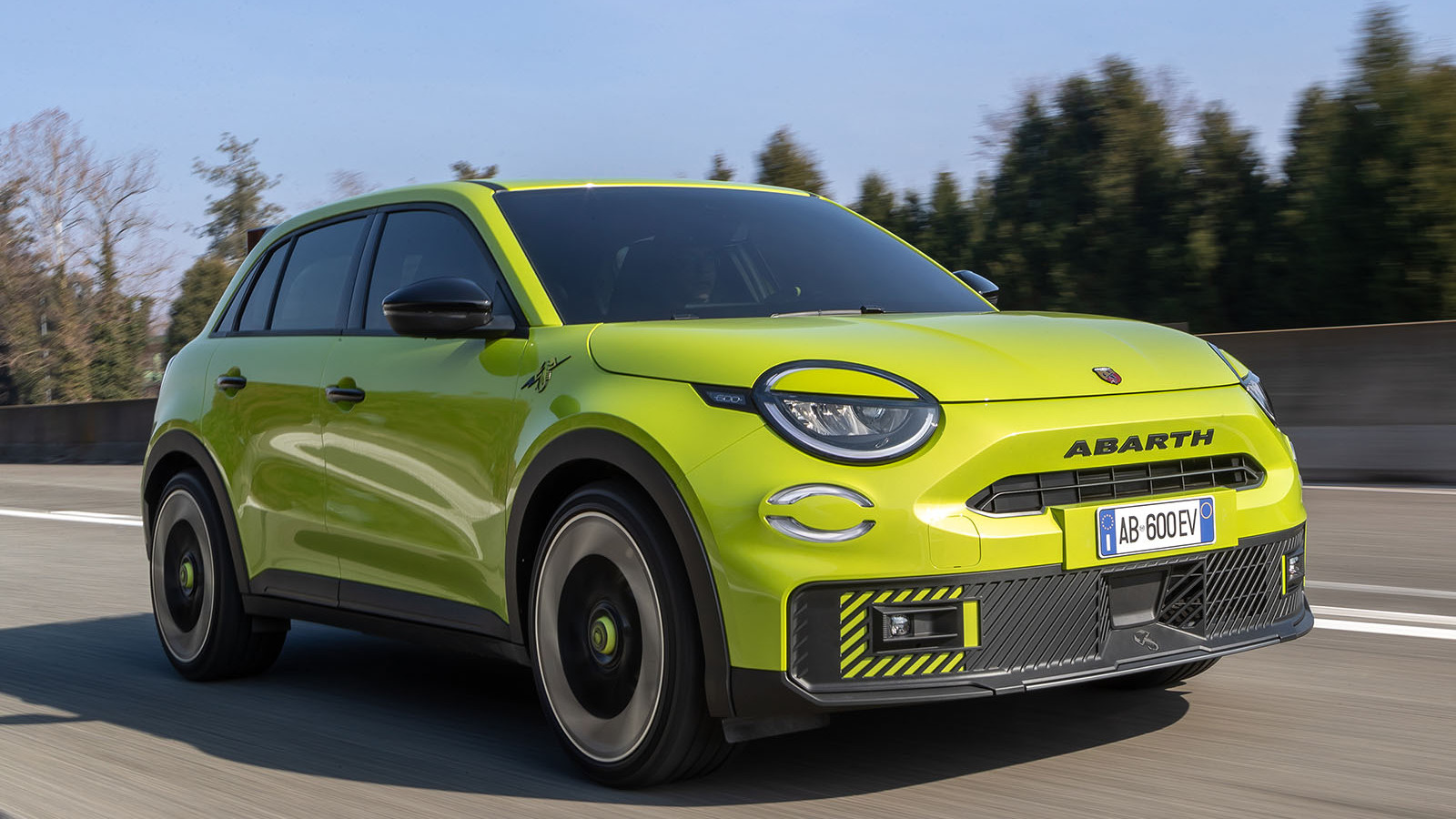 © Stellantis Europe
© Stellantis Europe
-
The new Abarth 600e proves that even a brand you would normally associate with small, feisty Fiat 500-based runabouts isn't immune to electric crossovers.
-
But this entry into one very saturated market has allowed Abarth to explore new heights of performance and attempt to prove that cars like this can still be fun.
-
Is it every bit the track-slaying performer its maker says it is, or a bright green mush of Stellantis parts bin components?
-
If the spec sheet is anything to go by, the answer is no. The 600e is based on Stellantis’ newest platform called ePerfo CMP, a derivative of CMP that has brought a 30mm wider front track and 25mm wider rear track, a performance-enhancing battery cooling system and a torsen limited-slip differential designed and developed by Japanese specialist JTEKT.
-
Elsewhere, you get a Formula E-influenced electric motor, 40% stiffer suspension, Alcon brakes and bespoke Michelin tyres which have a softer compound for more grip, all to provide the necessary control for the most powerful drivetrain ever fitted to an Abarth.
-
The standard 600e Turismo - the primary focus of this review - produces 237bhp and 254lb ft, which is good for a 0-62mph time of 6.2sec and a top speed of 120mph. More power is available if you buy the 600e Scorpionissima, a limited-run special edition of which 1939 will be made to commemorate Abarth’s founding year.
-
This uses the same 276bhp motor from the Alfa Romeo Junior Veloce, cutting the 0-62mph to 5.9sec. It also comes with the same sound generator - designed to mimic the noise of a combustion engine - first seen on the 500e. All cars get a 54kWh battery pack good for an electric range of 207 miles.
-
The 600e has three driving modes that will be familiar to 500e customers: Scorpion Track, Scorpion Street and Turismo. In the 600e, however, Turismo limits the top speed to 93mph and output to 187bhp in order to conserve range. Scorpion Street and Track modes add some weight to the steering, while unlocking the full 237bhp and 120mph top speed.
-
The way in which the car’s power delivery has been calibrated is quite different to the 500e in that it progressively builds pace instead of delivering a rush of torque. It provides a generous and authoritative turn of pace to make it feel fast enough, without intimidating the driver.
-
The brakes are also quite effective and approachable, with four-piston front callipers and beefy front discs 380mm in diameter. In high-demand situations, such as on a track, the pedal can feel a little vague, but in normal driving it feels well-weighted and the brakes themselves are progressive.
-
The same is true for the steering. Abarth has re-tuned the electric rack from the Fiat to make it more responsive, which makes it well-judged for sportiness, with a direct and positive feel if one that can be quite light. Immediately off-centre, it feels nervous, but as you explore more of the lock it becomes progressive and confidence-inspiring.
-
This is further aided by the new Torsen differential. If you plant your right foot mid-corner, you can feel it apportioning power to the inside wheel and dragging you closer to the apex; it’s a very satisfying effect that allows the driver to get the best from the car, no matter their skill level.
-
That being said, if you’re too keen with your inputs you’ll find that its Michelin tyres aren’t completely immune to understeer. It also lacks some mid-corner adjustability to the point where the driving experience can feel quite linear and one-dimensional, but that doesn’t mean to say that this isn’t an effective tool for having fun.
-
Inside, there are a few neat touches to make you aware you’re sitting in the steroidal equivalent of a more everyday derivative, including black suede, aluminium pedals, and some scorpion badges. Scorpionissima cars additionally get their own heated sports seats and a bespoke scorpion pattern as standard. Aside from this, the Abarth's interior is identical to that of its cousin, which is a shame given that it costs up to significantly more money.
-
The fact that the battery pack is mounted under the floor means the driving position is slightly higher than we would like in something with sporting intentions, but the front seats themselves have a good amount of adjustability as well as lateral and some under-thigh support. It’s a pity that no amount of ergonomic tinkering can be done to relieve the skeletal pressure of a cramped footwell, and neither the seat cushions nor side bolsters can be extended or adjusted.
-
Prices start from £36,975, making it competitive with the MG 4 XPower and slightly more expensive than the equivalent Alfa Romeo Junior or Ford Puma ST. The Scorpionissima, meanwhile, comes in at £41,975, which marginally undercuts its Alfa Romeo sibling, spec for spec.
-
It’s competitively priced, then, but the main draw of the 600e will be its ability to put you in awe of its dynamic capabilities. This, and its intuitive powertrain should ease the transition from combustion to electric power for petrolheads looking to make that change. Its interior could do with greater differentiation and sometimes it can feel lacking in ultimate entertainment value, but the performance upgrades mean that this is not only the most powerful Abarth ever made, but also the most capable.
